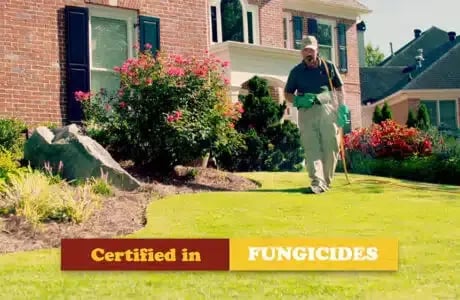What to Watch for in Your Lawn
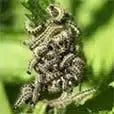
ARMYWORMS
These pests look like caterpillars. They cause brown patches that grow rapidly and can be very detrimental to Bermuda lawns in a matter of days. If you spot birds clustered on your lawn for no apparent reason, they may be at the armyworm buffet.
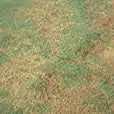
PYTHIUM BLIGHT
This devastating fungal disease can affect any type of lawn. Pythium blight first appears during hot, humid weather as small, sunken circular patches that can reach up to a foot in diameter. Leaves within the patches are matted, orange or dark gray, and greasy in appearance. As the disease progresses, the blades of grass shrivel, and the patches become light brown. This fungus requires treatments with a specific fungicide.
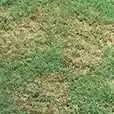
BROWN PATCH
Also known as large patch, brown patch appears as large, unsightly symmetrical patches that can range in diameter from a few inches to a few feet. When left untreated, the center area of a patch recovers over time, resulting in a doughnut-shaped pattern.
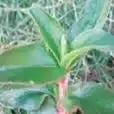
VIRGINIA BUTTONWEED
This troublesome broadleaf weed arrives with spring and continues growing throughout summer. It is a deep-rooted perennial with spreading branches that commonly thrives in moist to wet areas. It is one of the most difficult broadleaf weeds to keep in check and requires a specific treatment.
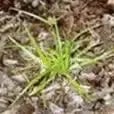
NUTSEDGE
Recognized by its three-sided stem and its star-like flowers, nutsedge is capable of splitting reinforced concrete and forcing its way through asphalt driveways, so it shouldn’t be taken lightly. Most common in Bermuda lawns, nutsedge is generally active between April and September.
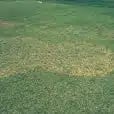
ZOYSIA PATCH
This disease attacks zoysia grass when it’s emerging from winter dormancy. Grass blades take on a tan-orange color and initially form small patches about the size of a dinner plate. These areas can quickly expand to 20 feet or more in diameter, so taking care of this disease promptly is essential for the health and appearance of your lawn.
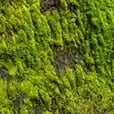
MOSS
This weed is not the problem – it is the result of a combination of other issues including heavy clay soils, compaction, poor surface drainage, excessive shade, and possibly lack of necessary nutrients in the soil. Solutions include tactics such as soil testing to see how acidic the soil is before adding lime, pruning back trees, checking to see if the grass variety you have is the proper type for your soil and shade conditions, deeply aerating the soil to help surface drainage, and installing subsurface drainage.
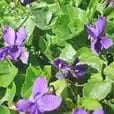
WILD VIOLETS
Lovely when they bloom in spring, these perennials with heart-shaped leaves turn into persistent weeds during the rest of the growing season. Colonies usually start in shady spots and spread into sunnier areas. They can be controlled by digging them up, being sure to remove the entire root. For very deep or stubborn roots, sever roots with a sharp knife to remove as much root as possible. If your efforts to stop them from spreading aren’t successful, we can help.
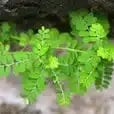
CHAMBERBITTER
Chamberbitter is a broadleaf annual that usually emerges around May or June when soil temperatures have warmed. It resembles a mimosa seedling and spreads via the seeds that form on the undersides of the branches. This weed is drought-tolerant and grows quickly. Treatment is required two to three times at 7-to-10 day intervals to get this weed under control.
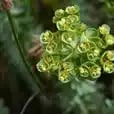
SPURGE
Spurge is a hardy, low-growing summer annual often found in turf that is thinning or newly established. Its leaves are green and up to 3/5 of an inch long with reddish-purple blotches that help to camouflage them. It flowers continuously from June through October, producing thousands of seeds. Its reddish stems, which ooze a milky white sap when broken, form a thick mat that can extend up to three feet in diameter. Two to three treatments are required at intervals of 7 to 10 days.
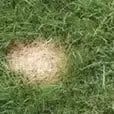
DOLLAR SPOT
Named for its silver-dollar sized spots, dollar spot can spread throughout a lawn very quickly, so it’s important to treat it early for the health and appearance of your lawn.

